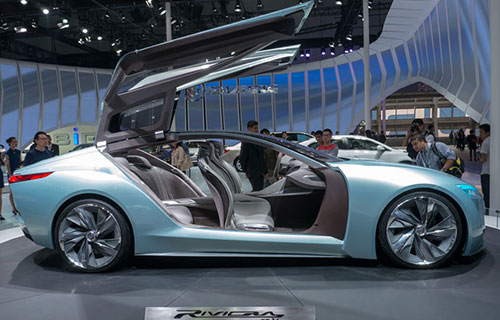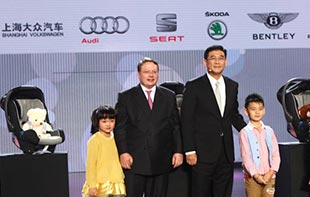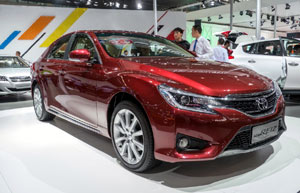

"Retail growth in China has remained vigorous while signs of moderation have surfaced as the economy undergoes a restructuring process," said Annie Lei, National Director of China Consulting at Cushman & Wakefield.
First-tier cities, Beijing, Shanghai, Shenzhen and Guangzhou, have the most wealthy and brand-conscious consumers and show retail sales growth of 9 percent to 16 percent.
In major second-tier cities, such as Chengdu, Wuhan, Nanjing, Shenyang and Chongqing, retail sales growth ranges from 13 percent to 17 percent.
"Overall, we expect a steady rise in income levels to nurture an aspiring middle class population and, barring any economic surprises, this should underpin balanced retail growth for the next decade," said Lei.
While growth in retail demand is unprecedented, the surge in supply is stronger still, and as a result, many major cities in China have the potential for some measure of oversupply.
Oversupply stands to affect weaker projects in the market; expect suburban locations and inexperienced developers to be most vulnerable, with high vacancy and project failure in extreme cases, the report said.
Oversupply will have little impact on prime rents which will continue to exhibit strong growth as retailers compete for key locations to define their brand in China and generate the strongest sales. The top retail centers in China, including Shin Kong Place in Beijing, Grandview Plaza Guangzhou and MixC in Shenzhen, achieved sales of around $1 billion per annum.
 Models at Mercedes pavilion at 2013 Auto Guangzhou
Models at Mercedes pavilion at 2013 Auto Guangzhou
 Buick Riviera concept car at 2013 Auto Guangzhou
Buick Riviera concept car at 2013 Auto Guangzhou
 FAW-VW all-new Golf at Guangzhou auto show
FAW-VW all-new Golf at Guangzhou auto show
 VW donates more than 5k child safety seats
VW donates more than 5k child safety seats
 Honda models at 2013 Guangzhou auto show
Honda models at 2013 Guangzhou auto show
 Honda Jade at the 2013 Guangzhou auto show
Honda Jade at the 2013 Guangzhou auto show
 Toyota's new Reiz debuts at 2013 Auto Guangzhou
Toyota's new Reiz debuts at 2013 Auto Guangzhou
 Jimmy Lin Chih-ying, models at Toyota pavilion
Jimmy Lin Chih-ying, models at Toyota pavilion